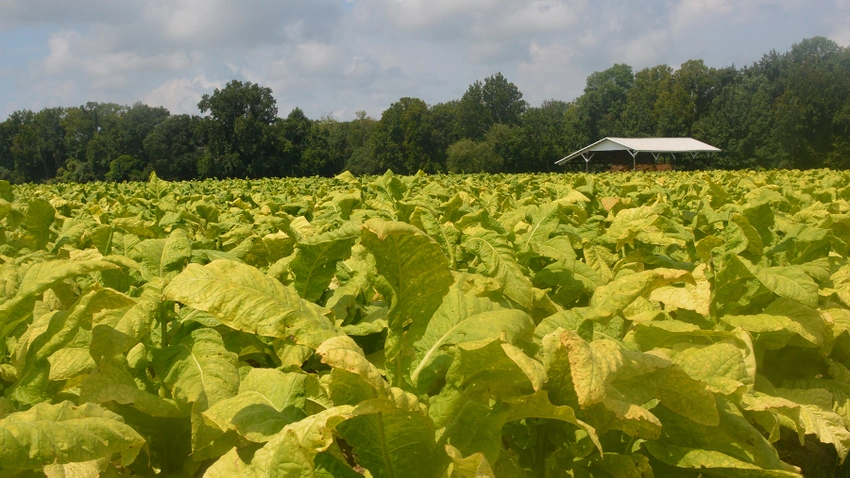ARE Economist Joins the Fight to Curb the Effects of Invasive Nematode on SweetPotatoes

The rise in consumption of sweetpotatoes and sweetpotato products (yes, it’s really one word!) across the globe gives new meaning to “hot potato.” No longer just served at Thanksgiving, sweetpotatoes dominate recipes year-round. Growing the superfood, however, just got a bit more challenging due to the guava root-knot nematode.
A new, $5 million grant led by NC State researchers in partnership with the North Carolina SweetPotato Commission, US Department of Agriculture scientists and other universities in the Southeast will study the nematode and identify strategies to mitigate the effects of the subterranean pest. The nematode currently threatens the strength of the sweetpotato industry in the North Carolina.
Part of the roundworm family, the guava root-knot nematode or Meloidogyne enterolobii is quite a mouthful for something too small to see without magnification. Yet, in the past decade, the nematode has hunkered down in North Carolina’s fertile fields. It attaches to the roots of host plants like tobacco, soybeans and sweetpotatoes. Living under the soil surface, the nematode damage is concentrated on the roots of the plant, which can produce galls or cracks. While the sweetpotato is still fine for processing into dog food or snacks, it’s not the top-quality Covington variety NC has become known for.
The NIFA grant, called SweetARMOR, will support an interdisciplinary team across the Southeast who will work together to address the effects of the guava root-knot nematode on sweetpotatoes. Daniel Tregeagle, assistant professor and extension specialist in the Department of Agriculture and Resource Economics, will contribute to the project in several ways.
Tregeagle will provide economic analysis of implementation of chemical controls and adopting new varieties of sweetpotatoes. He will then conduct surveys to determine whether growers are willing to make the changes based on projected costs. He explained, “We will modify the existing sweetpotato production budget to include the expected changes in costs from alternative control methods, and the expected changes in yield from those control methods and from new varieties. The idea is that for each variety and control method we can estimate the expected net return.” This gives growers the critical information they need to make informed planting decisions.
Partnerships will be essential to Tregeagle as he gathers information from growers. He stated:
“We will need to collaborate with the NC SweetPotato Commission, and the grower associations in Louisiana, Mississippi, and California. In particular, we need them to allow us to attend their meetings and conduct the “willingness-to-pay” survey. The willingness-to-pay survey will use an economic modeling approach to calculate growers’ valuation of attributes like nematode resistance, size uniformity and overall yield. While we do not yet know the specific attributes yet; I will be developing the survey with my fellow researchers in the next academic year.
Another survey will be developed, asking how growers will change their behavior and knowledge based on the outcomes of the project.”
Understanding the economic impact farmers will face if adopting new methods of growing sweetpotatoes will be essential to actually communicating why practices should change. If adoption measures cut too far into profit, a grower may not choose to adopt. If changing practices can be shown to have a minimal cost, adoption is more likely to be successful, which ultimately will curb the growing threat of the root-knot nematode to NC’s $375 million dollar sweetpotato industry.
- Categories:


